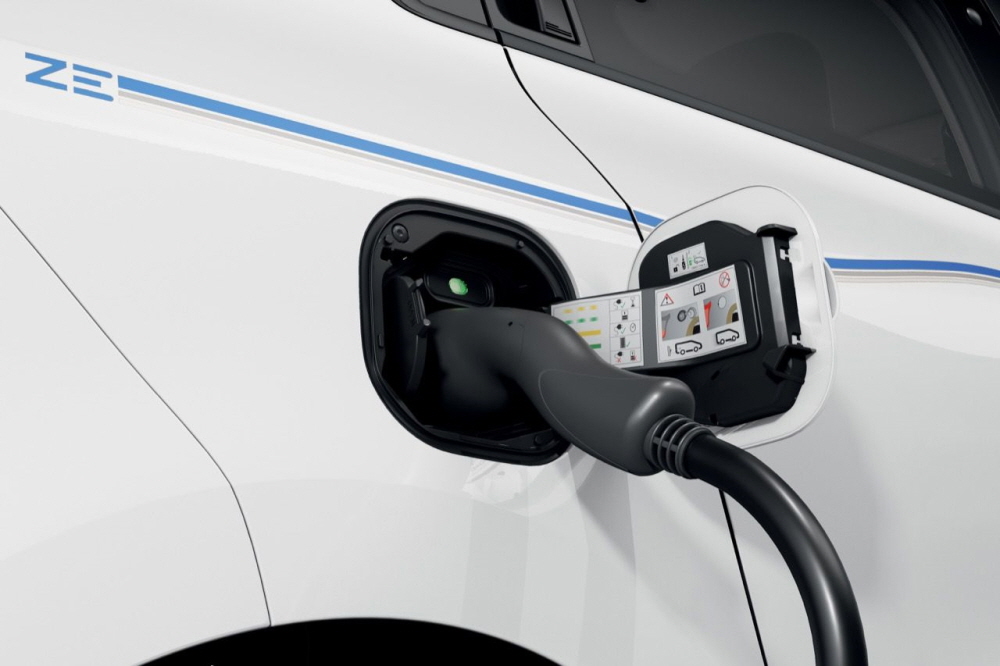
Australian company Brighsun announced that it has started testing lithium-sulfur (Li-S) batteries with an energy density of 5 to 8 times that of secondary batteries. If a battery applying this technology is put into practical use, in theory, an electric vehicle that can travel up to 2,000 km can be realized with a single charge.
On April 21 (local time), Brightsun began a practical test of its own lithium-sulfur battery. This battery is characterized by high durability. According to the test results of SGS, a Swiss certification service company that performs inspection and verification, the Brightsun battery maintains 91% performance even after 1,700 times of charging and discharging in a 2C environment where it is completely discharged from a full charge. It means that the capacity consumption per charge is only 0.01%. In addition, it is said that it can maintain 74% performance even if it is repeated 1,000 times of charging and discharging even in the poor state of 5C, which completely discharges for 12 minutes in a fully charged state.
Because of its high energy density, smartphones with new lithium-sulfur batteries can be used for more than a week, and electric vehicles can drive 2,000 km on a single charge. Lithium-sulfur batteries use lithium for the negative electrode and sulfur for the positive electrode, which has the advantage of high energy per mass and relatively light, so companies around the world are focusing their research. However, since the negative electrode lithium becomes denrite, the sulfide adheres to the positive electrode, or the performance is extremely deteriorated, the lifespan is short, preventing practical use.
Brightsun’s patented technology is that it has succeeded in developing a practical high-performance lithium-sulfur battery by suppressing the occurrence of dendrites. In addition, lithium-sulfur batteries can be produced at low cost using sulfur, a common material. For example, the Brightsun lithium-sulfur battery brand 2U costs only $100 per kWh of capacity. Brightsun is in consultation with investors for mass production of this battery, and it is expected to start building a mass production system as early as the end of 2020. Related information can be found here .


















Add comment